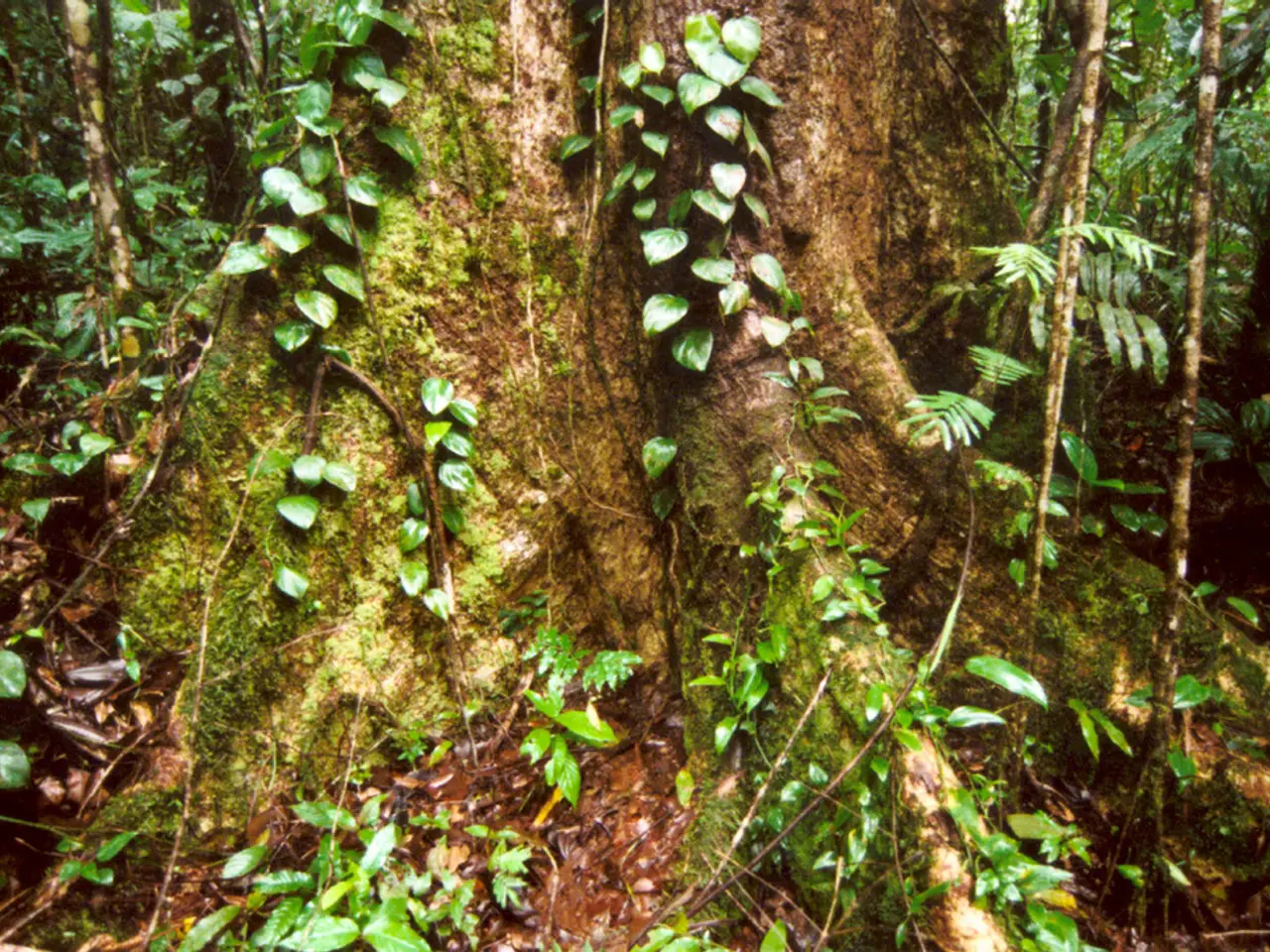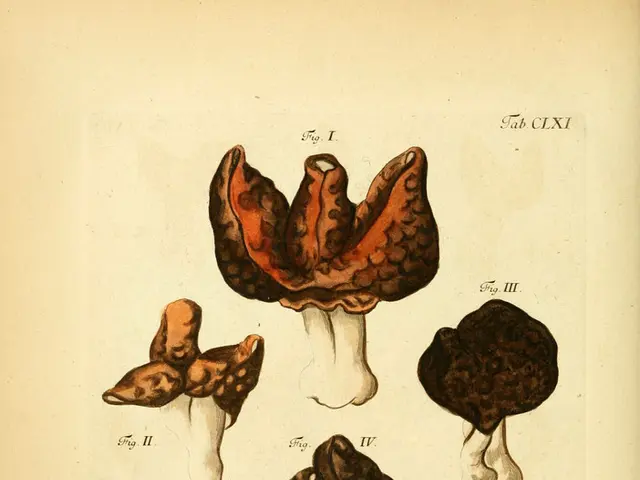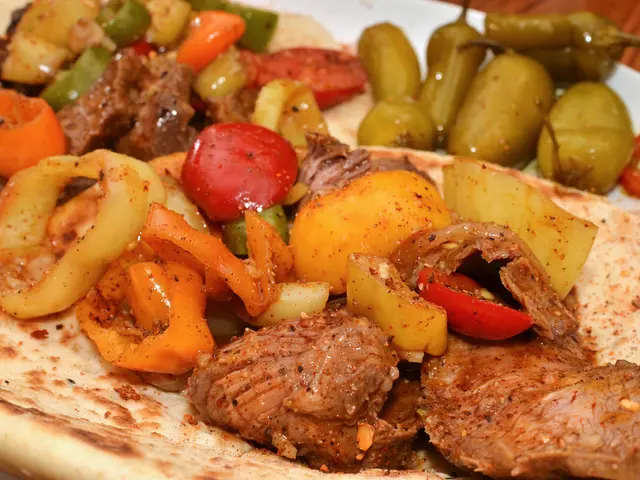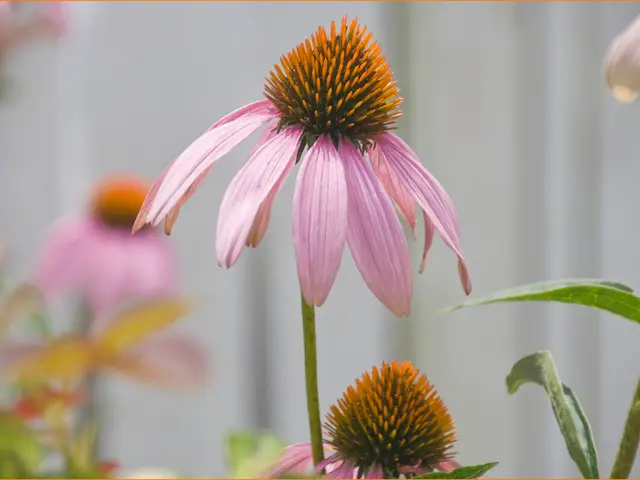Preparing to Plant Bare-Root Vegetation
In the world of gardening, bare-root plants are gaining popularity for their numerous benefits. These plants, which are grown in open ground and dug up for dispatch during the dormant season, offer a cost-effective and efficient solution for gardeners.
The dormant season, spanning from November to March, is the ideal time for planting bare-root plants. This period is particularly suitable for planting fruit bushes and canes, such as raspberries and blackcurrants, as they establish well during this time. In fact, bare-root plants are typically dormant with robust root systems that establish quickly once planted, reducing transplant shock and encouraging vigorous growth.
One of the key advantages of bare-root plants is their cost-effectiveness and efficiency. Being lightweight and easier to ship, they reduce delivery costs and carbon footprint compared to potted plants. This can enable planting larger quantities or bigger-sized plants at lower cost.
Moreover, bare-root plants offer environmental benefits. They involve less plastic use and packaging waste, making them more environmentally friendly compared to potted plants.
The convenience in handling is another factor that makes bare-root plants appealing. Their lightweight and soil-free nature make them easier to handle, transport, and plant, facilitating community planting efforts and volunteer participation.
Various types of plants are commonly available as bare-root, including trees, roses, and edible plants. For example, apple, pear, plum, cherry, and apricot trees can all be bought bare-root. Many hardy perennial vegetables and fruit plants like asparagus, rhubarb, berries, and bulbs are sold bare-root, benefiting from earlier dormancy planting and stronger growth.
Roses, including climbing varieties, are popular for their strong root development and easier planting in autumn/winter. Bare-root roses establish quickly and should produce flowers the following summer. Bare-root fruit trees can also be found in the form of stepovers, espaliers, and cordons.
Shrubs such as willow, yew, and viburnum can be planted bare-root, while many perennials, including peonies, agapanthus, hardy geraniums, and a host of others, can also be planted bare-root.
For those concerned about the well-being of their new plants, it is essential that the roots of a bare-root plant do not dry out, and they should be soaked in water as soon as received. If soil is frozen and planting cannot be done immediately, bare-root plants can be heeled in until the weather improves.
To further enhance the growth of bare-root plants, it is recommended to sprinkle micorrhizal fungi around the roots when planting. These fungi can increase nutrient and water uptake and help the plants establish well.
A wide selection of bare-root trees can be found at tree nurseries or online, with Primrose being one of the popular sources for bare-root fruit bushes and canes. Bare-root plants are usually bought online or by mail order.
In summary, bare-root plants are an economical, environmentally friendly option for establishing strong, healthy plants, widely used for trees, roses, and certain edible perennials. Their soil-free, dormant state aids easy transport and successful establishment, making them an attractive choice for gardeners.
Bare-root plants, widely used for trees, roses, and certain edible perennials, can be acquired online or from tree nurseries, such as Primrose. Their soil-free, dormant state makes them easier to handle, transport, and plant, appealing to community planting efforts and volunteers.
The dormant season, spanning from November to March, is ideal for planting bare-root plants, particularly fruit bushes and canes like raspberries and blackcurrants, which establish well during this time.




